5985015346500
Price Quote Get an up to date pricing and availability quote for this product. Order online or over the phone.
Quality Commitment
Serving our customers with quality and safety first.
- AS9120 Certified
- Audited supply chain
- ITAR Registered
- DDTC Registered
- HAZMAT Certified
- Customer service objectives
- Every product 100% inspected

5985-01-534-6500 Specification Set by the OEM (see RNCC code 3)
rectangular
3.310in. ⁓3-5/16"
26.5 gigahertz single frequency operating and 40.0 gigahertz single frequency operating
transfer
1.375in. single mounting facility pattern
-40.0/+85.0 deg celsius
an/TSC-156, an/TSC-156A
1.15 single
0.15 single
0.5 kilowatts average single
55.0 single
motor
15.0
80.0 milliseconds
FAIL-Safe
cover
1
2
15.0 volts peak
4 threaded hole
40 flange connection facility hole
0.164in. mounting facility hole ⁓11/64"
four position rectangular single mounting facility pattern
agav
4 threaded hole
transient suppression. humidity: 0-100 percent, fully weatherized.
aluminum body
chromate body outside surfaces and enamel body outside surfaces
MIL-C-5541 mil std 1st treatment response body outside surfaces
unc mounting facility hole
1 connector, receptacle
Cross Reference Parts Part numbers that meet the specification outlined on this page and set by the OEM
Identification Item Identification Guide (IIG) and Item Name Code (INC)
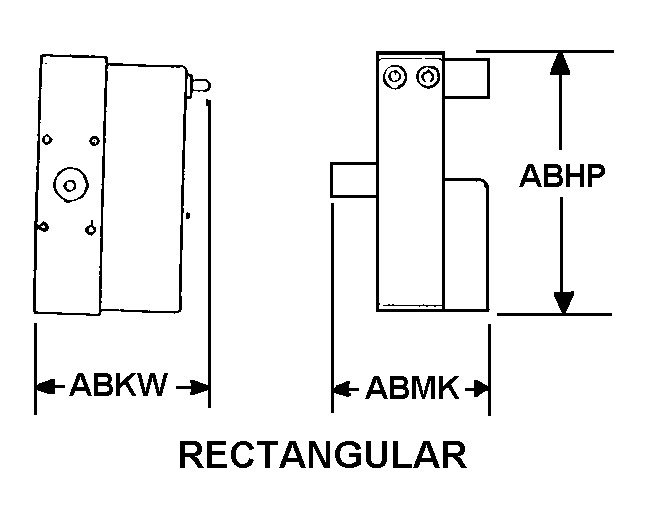
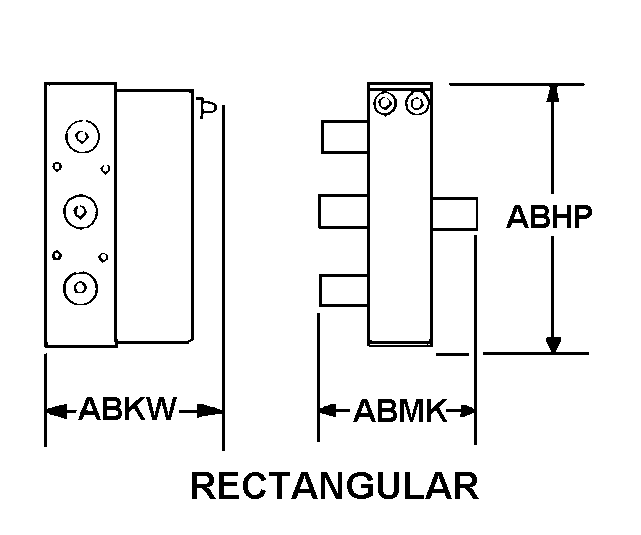
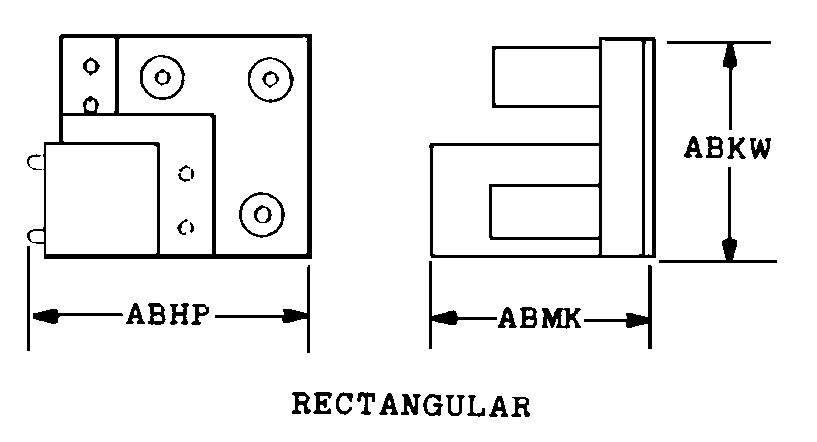
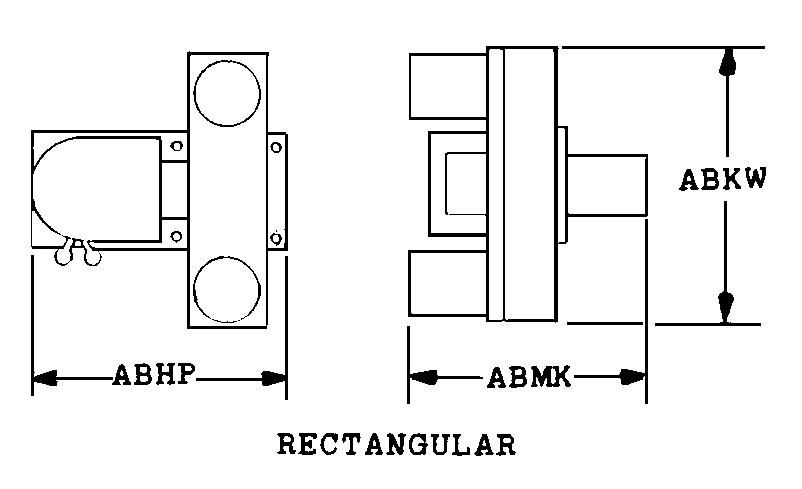
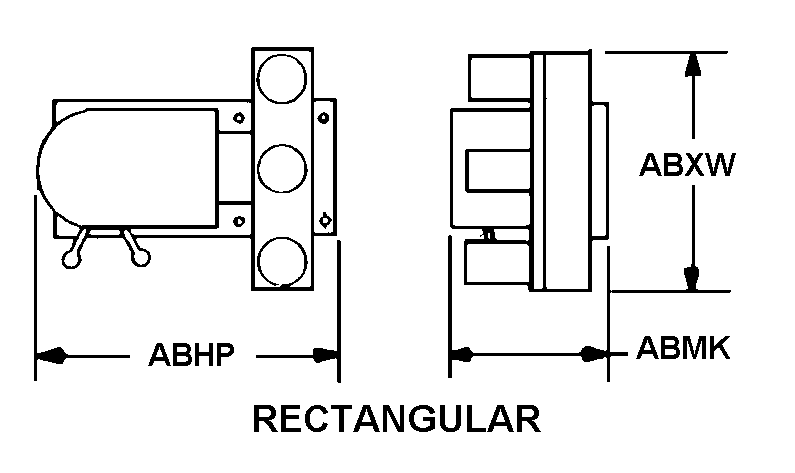


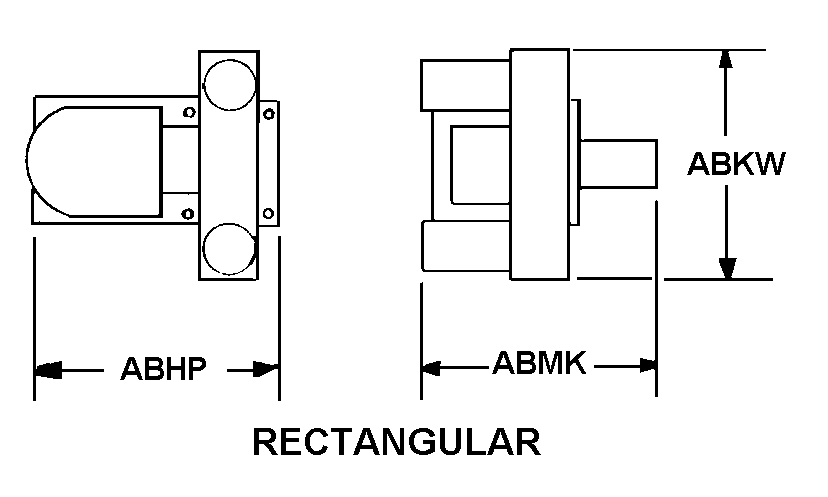
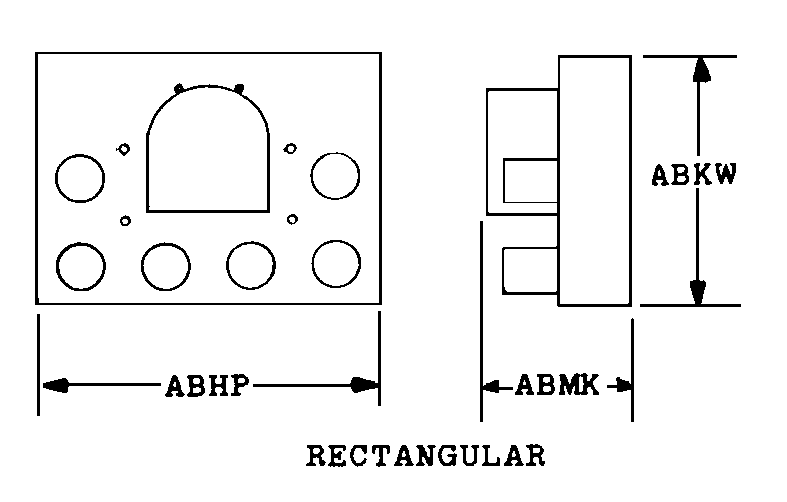
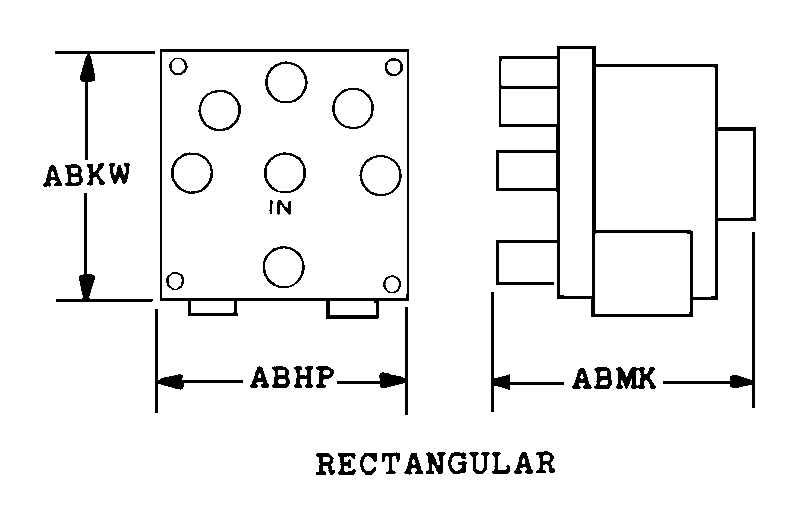
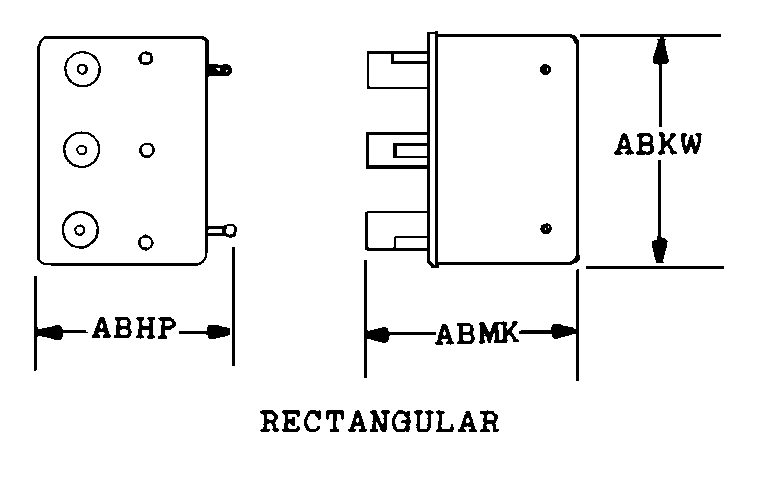


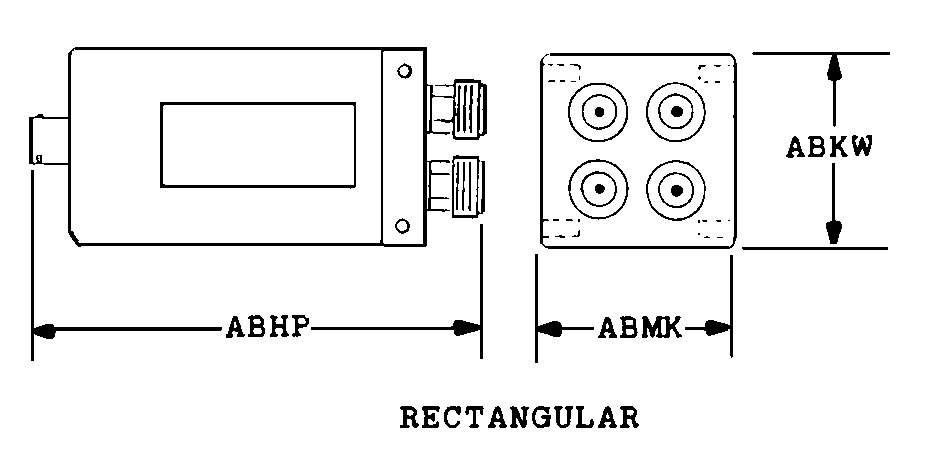
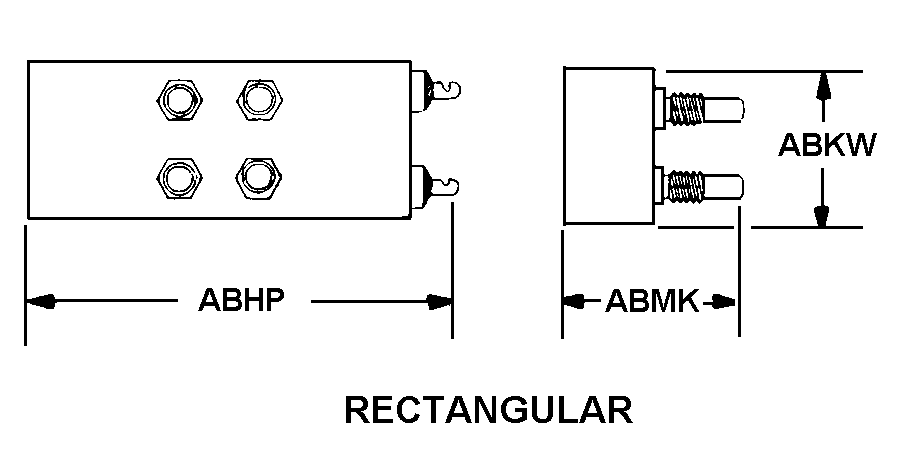
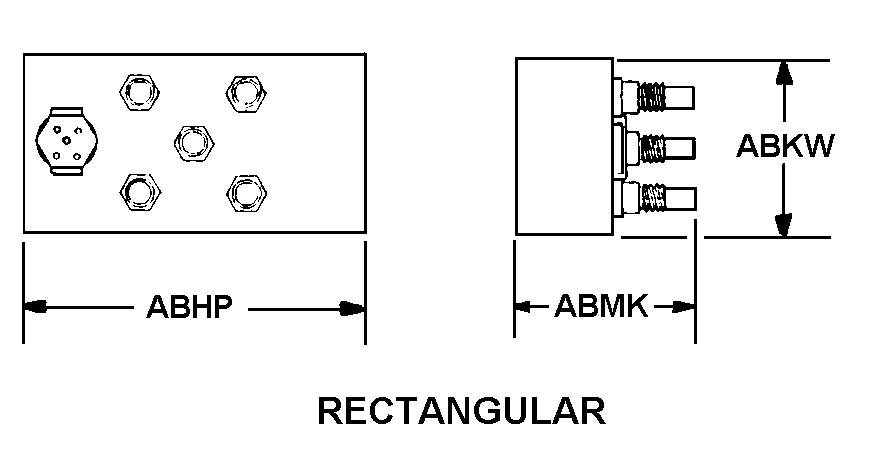

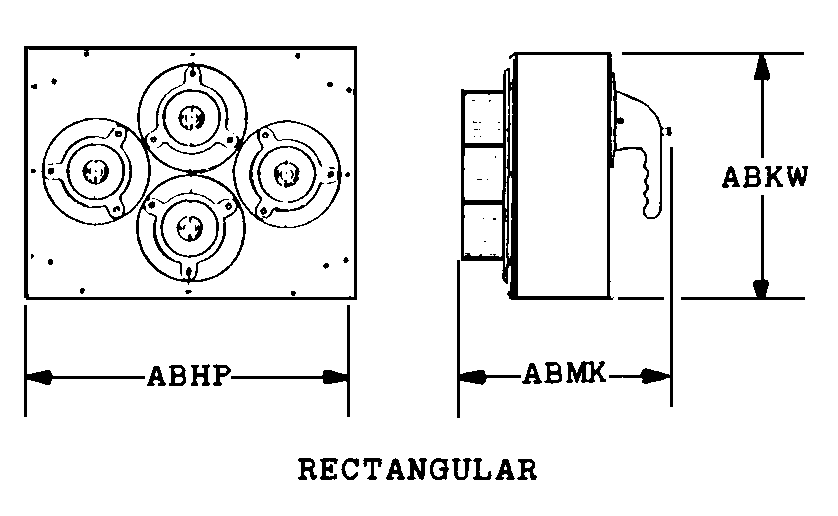

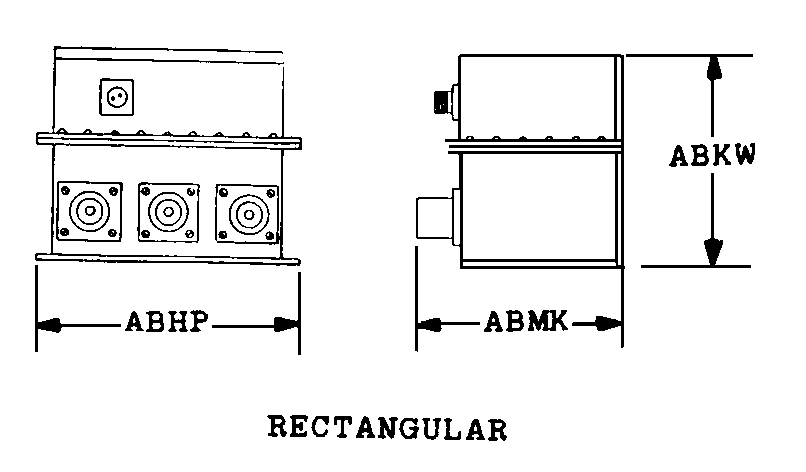
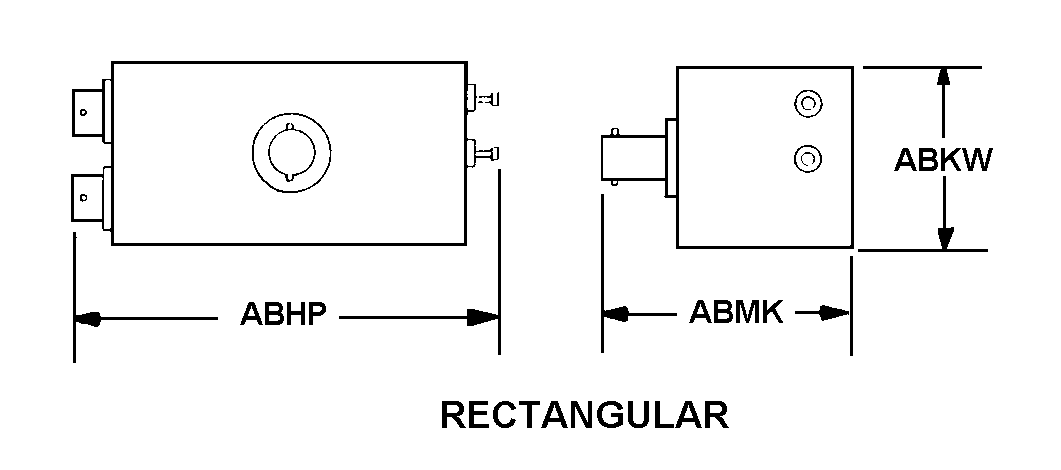
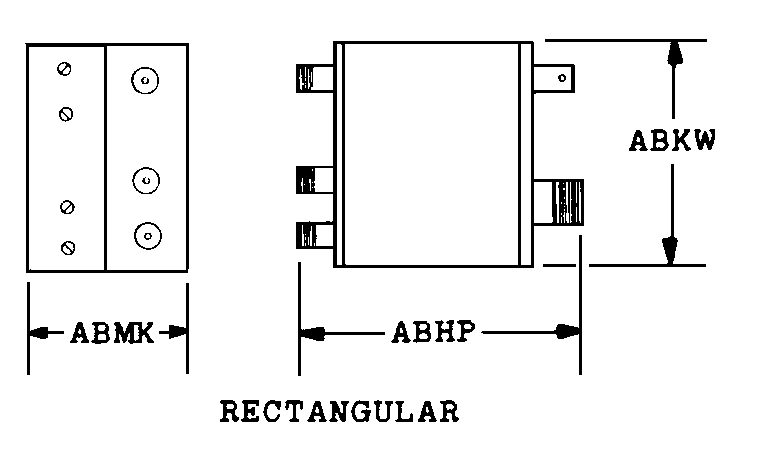
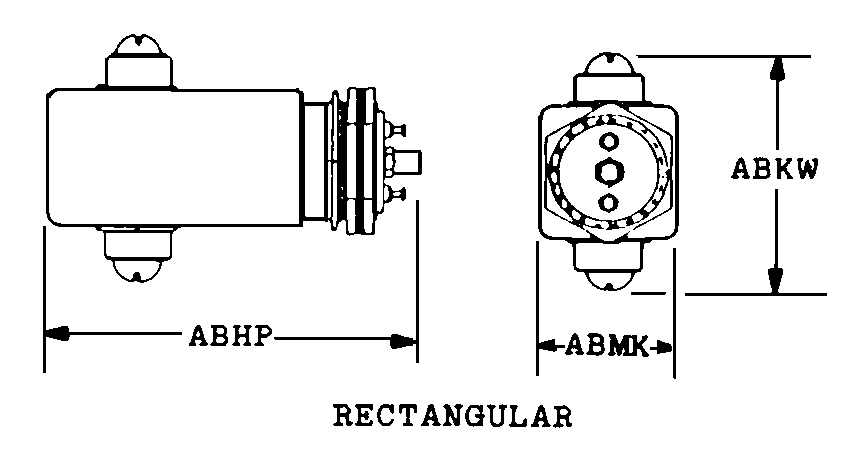
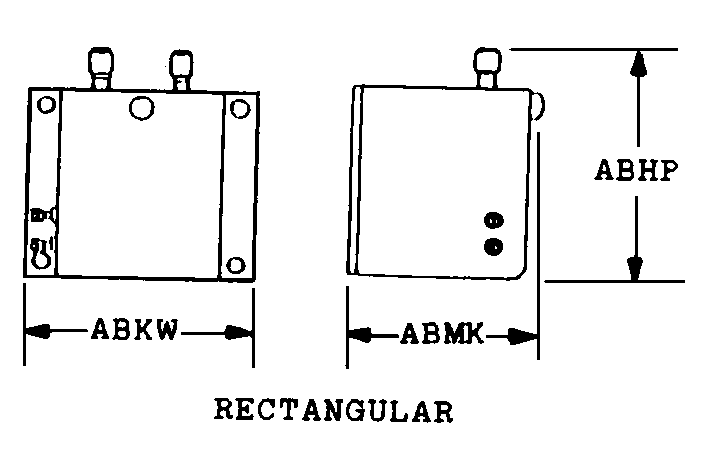
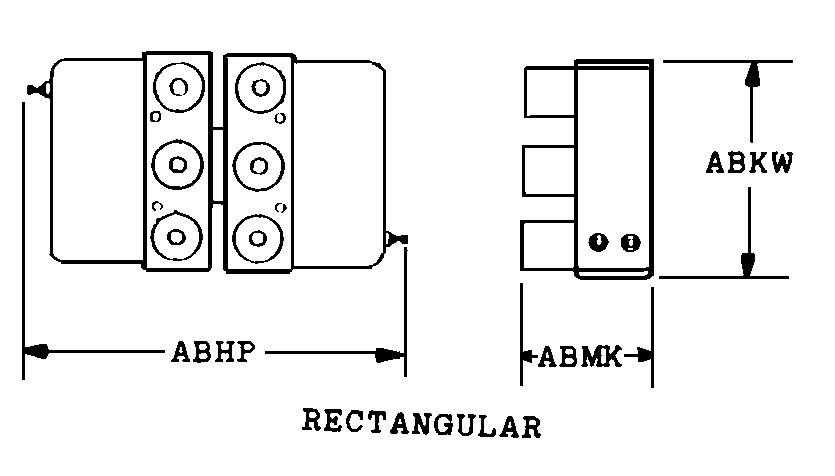
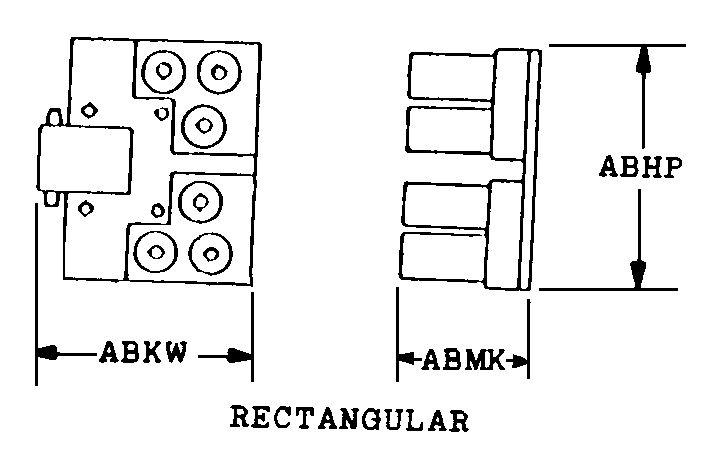
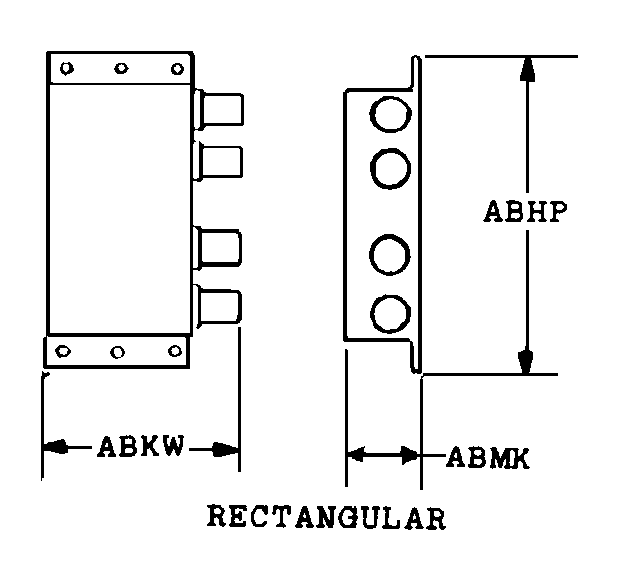

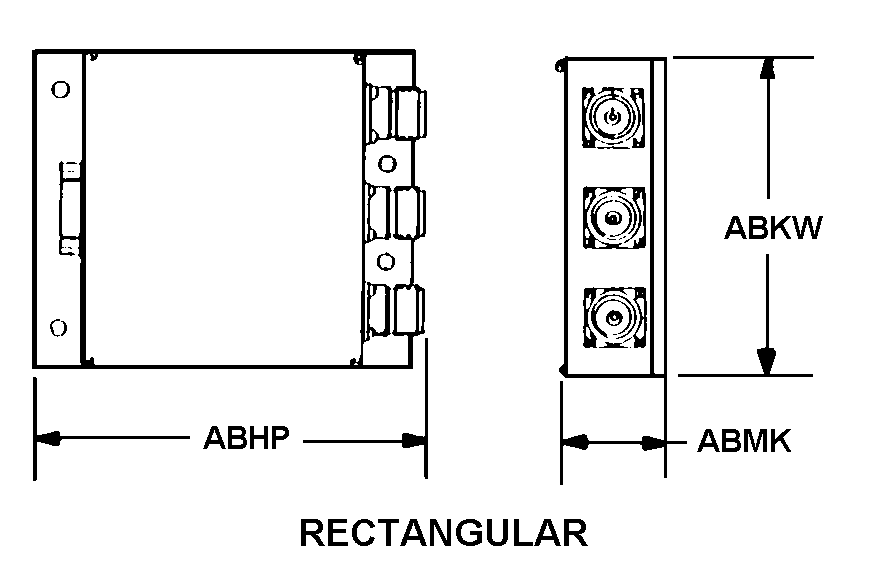

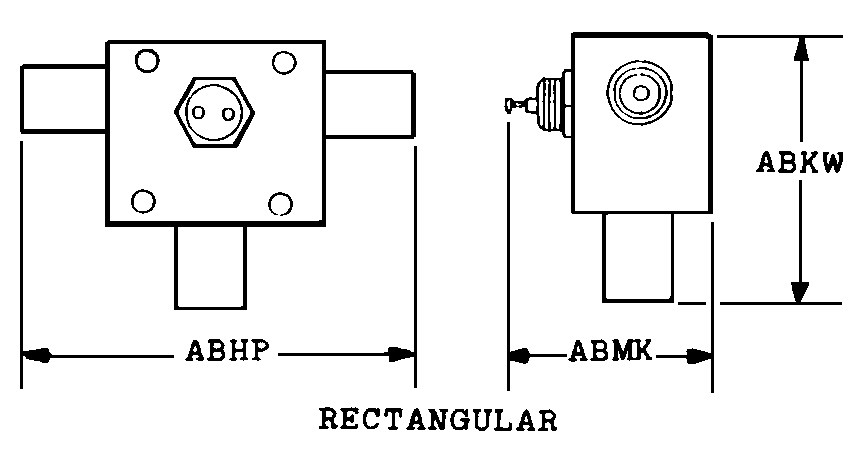
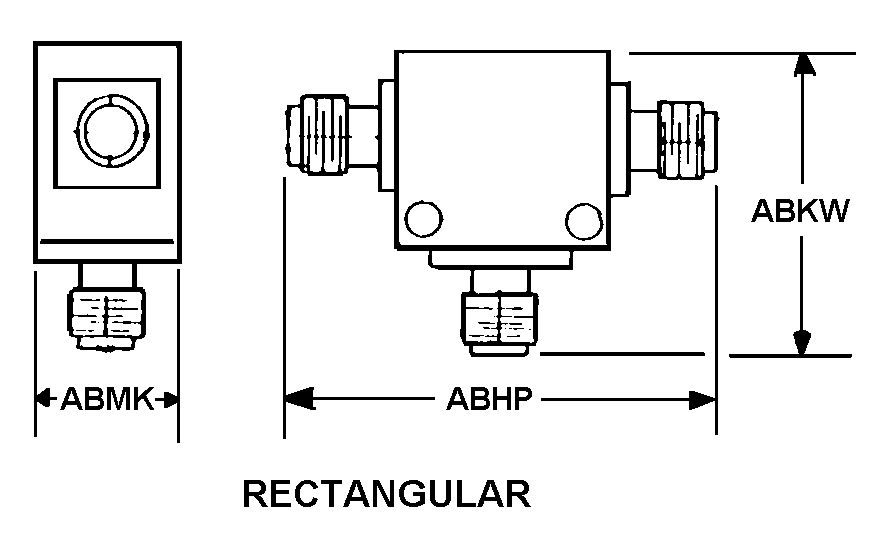
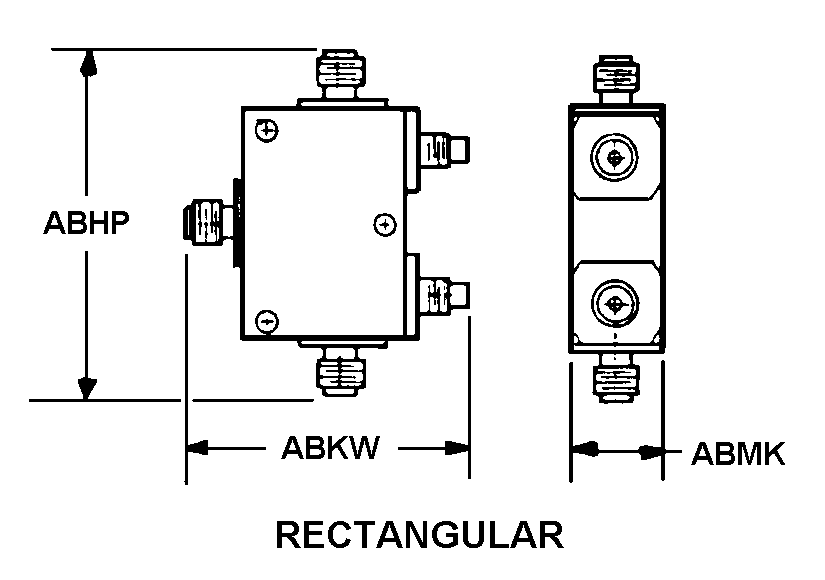
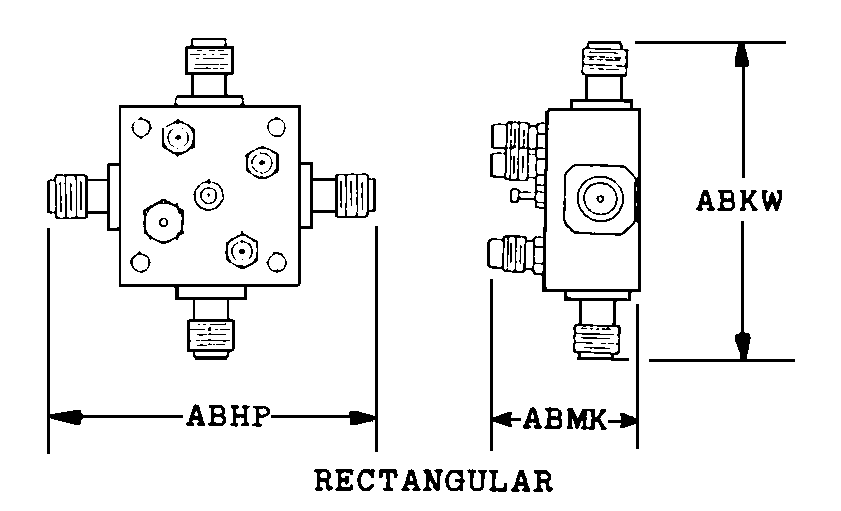
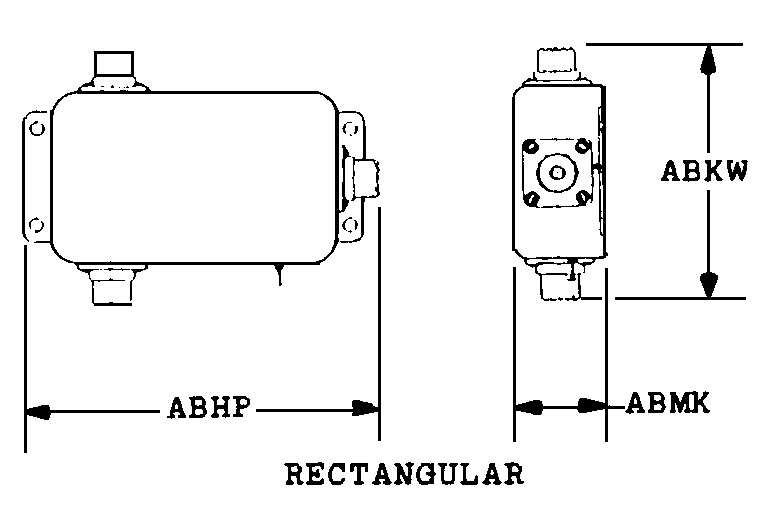
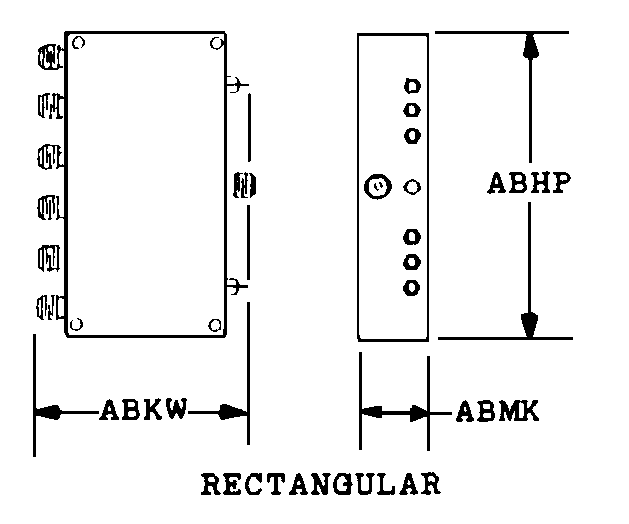
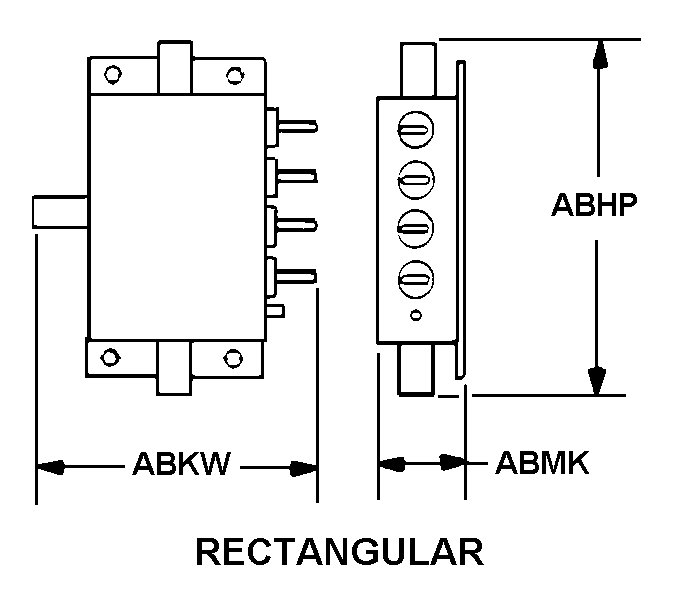
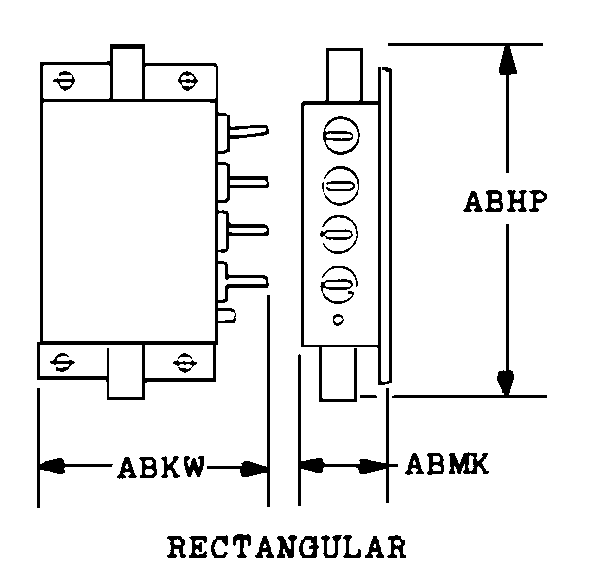
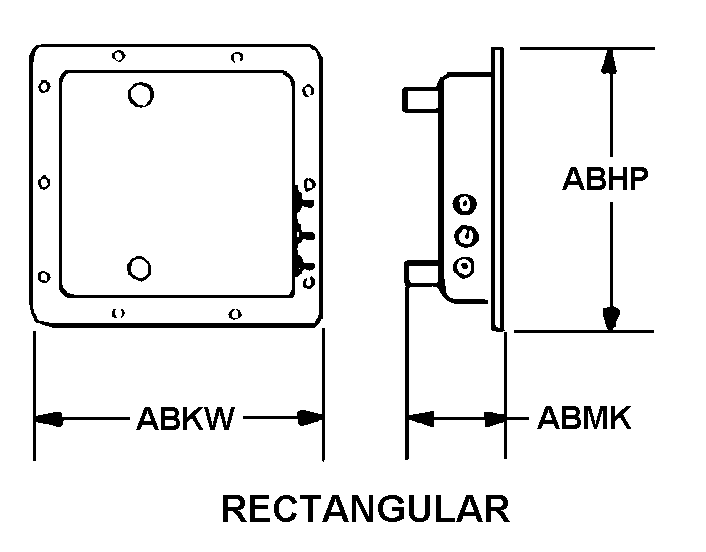

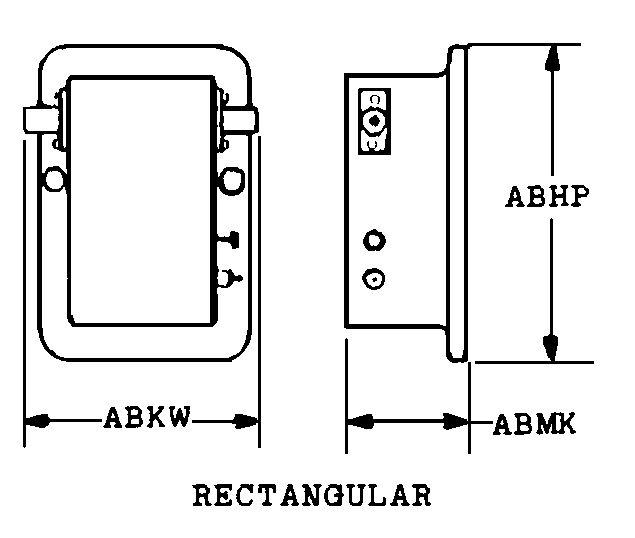
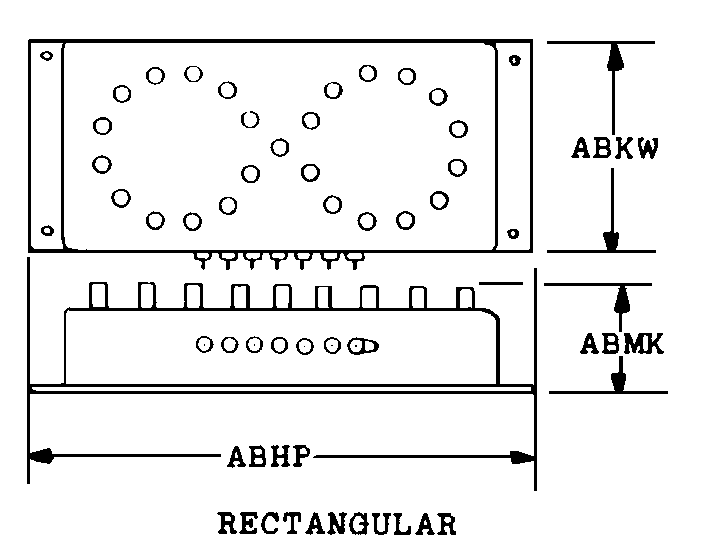
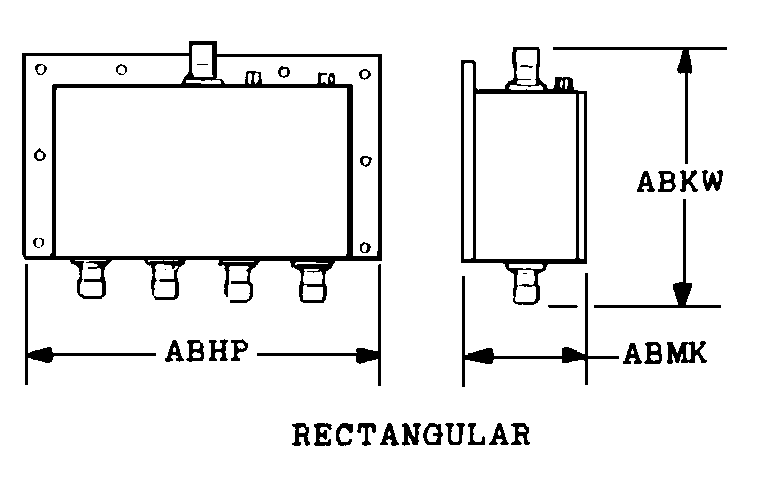
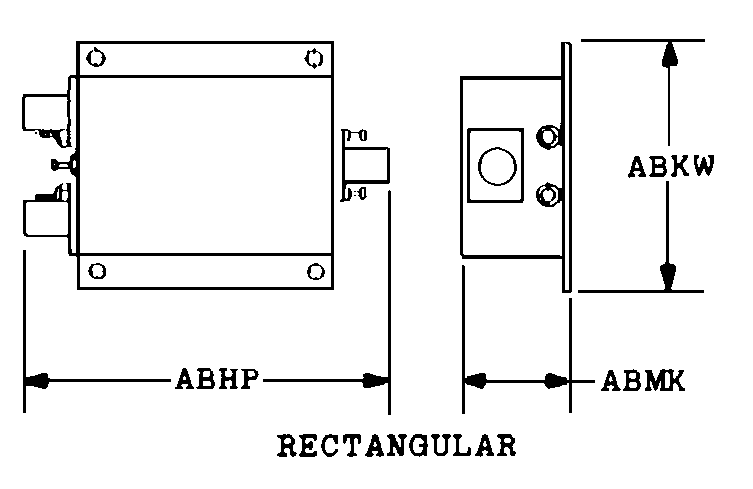
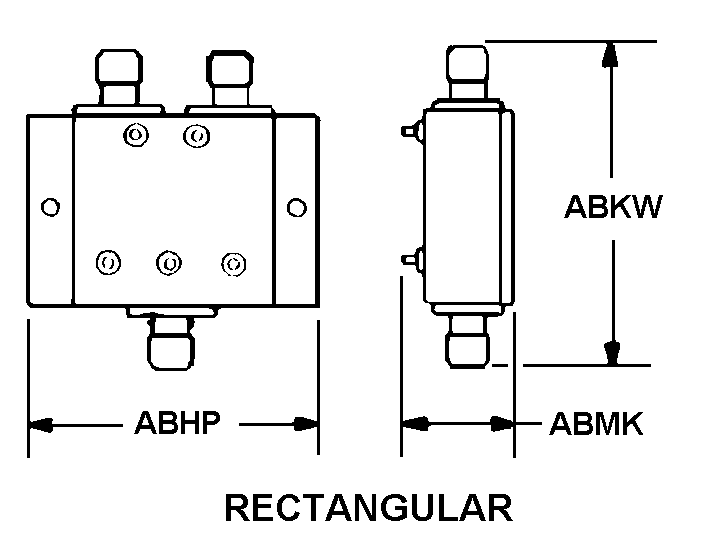
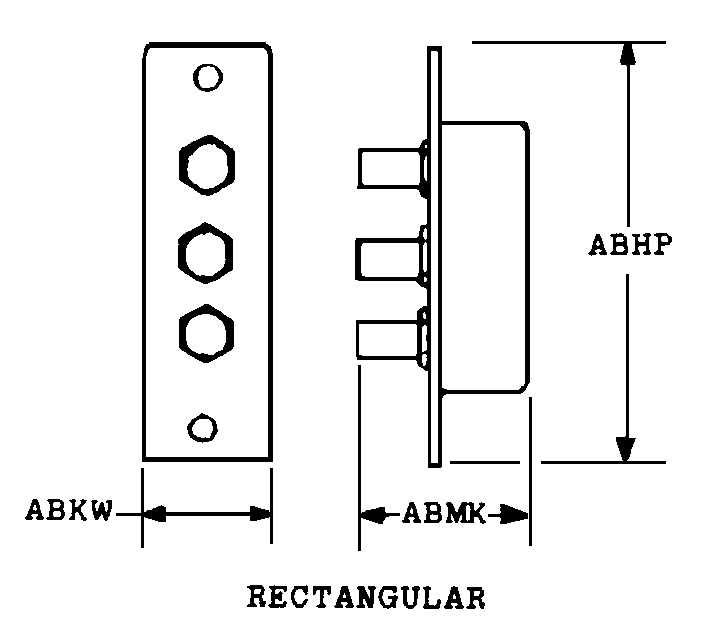
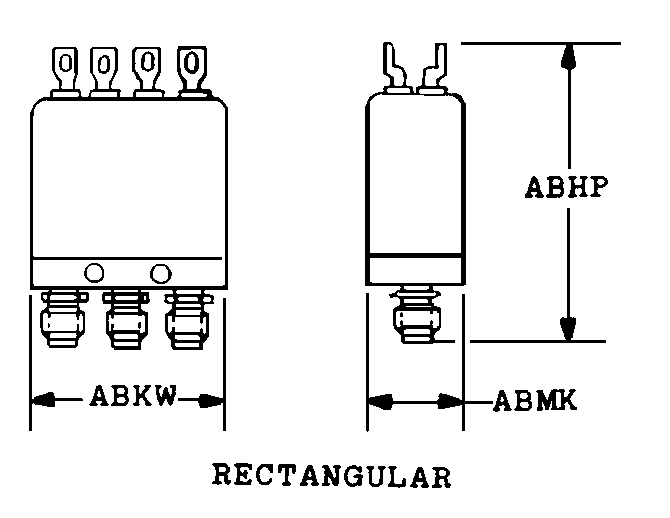

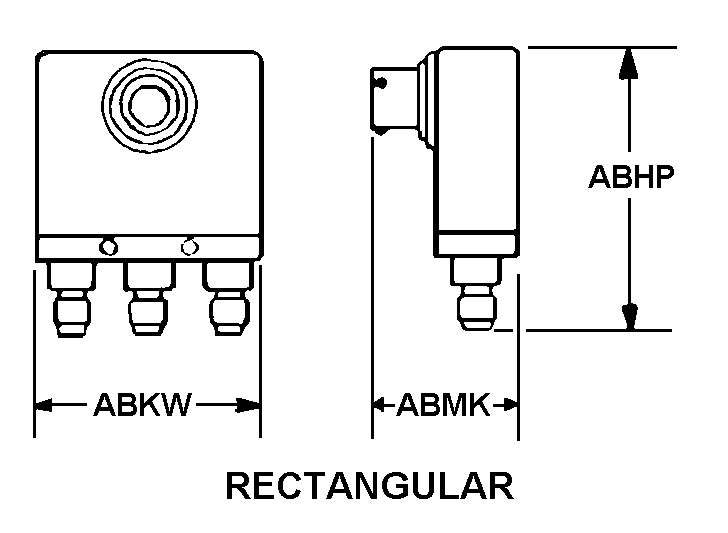
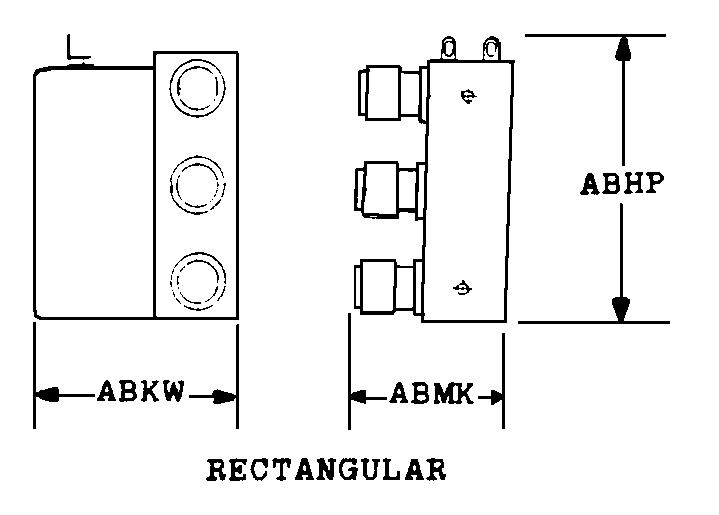

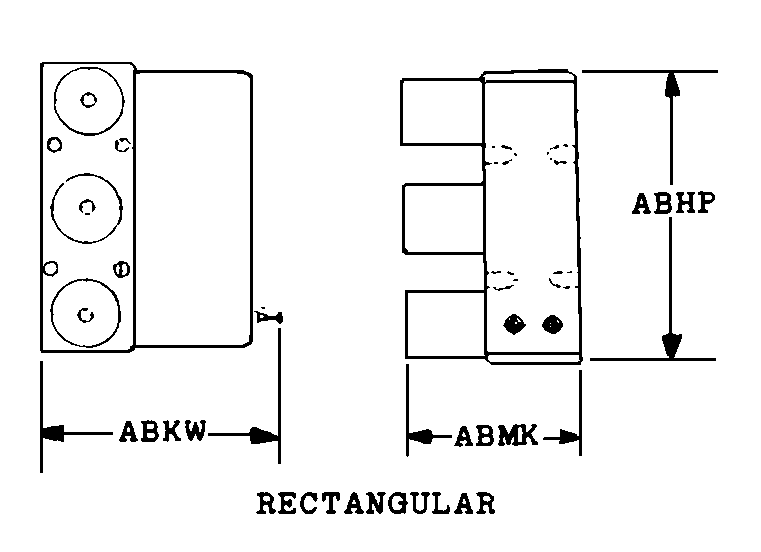
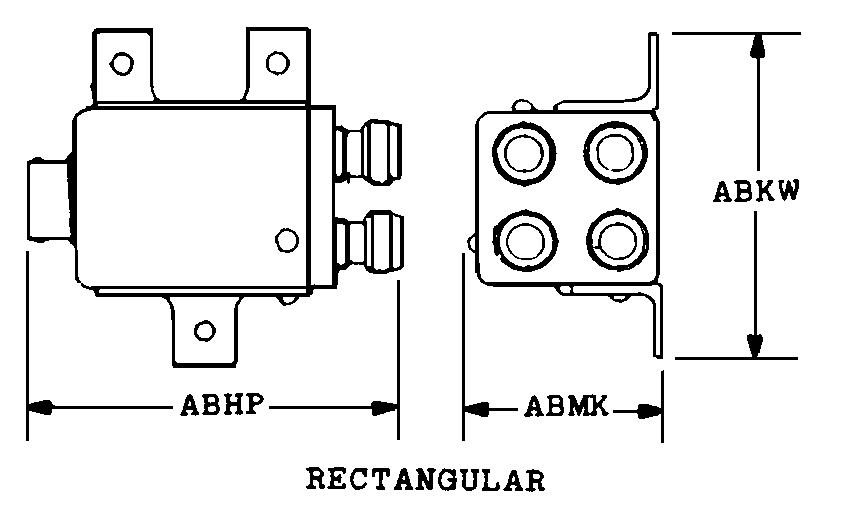
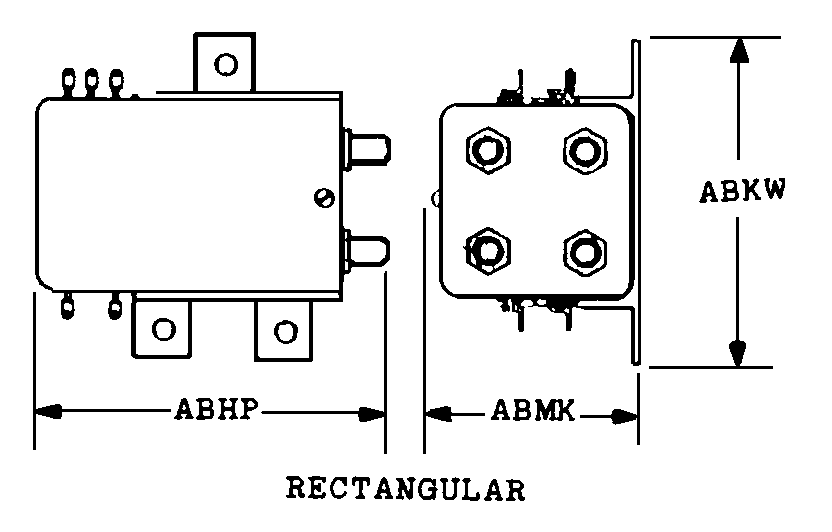
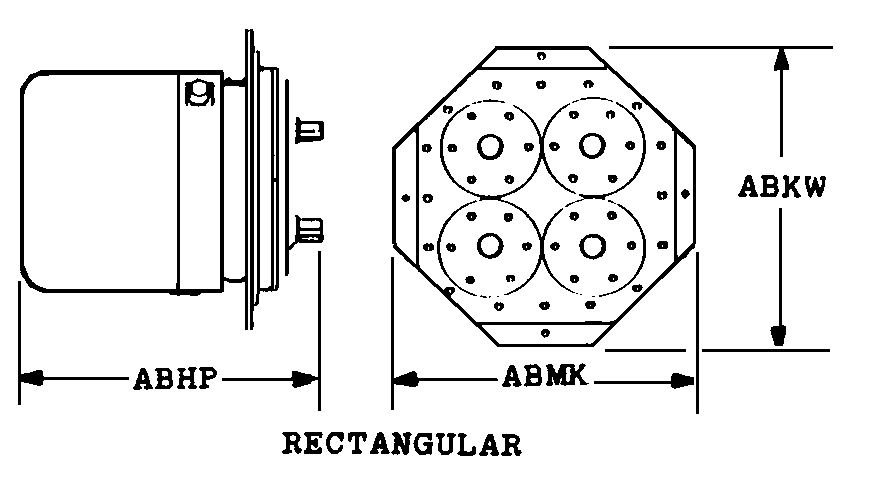
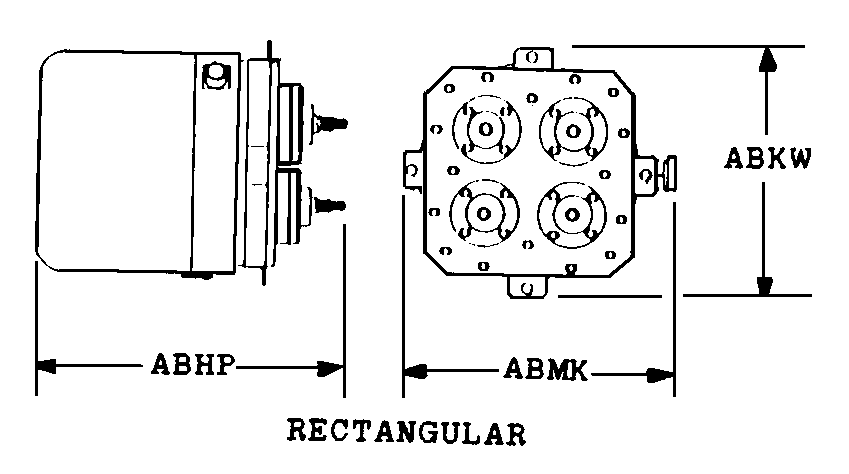
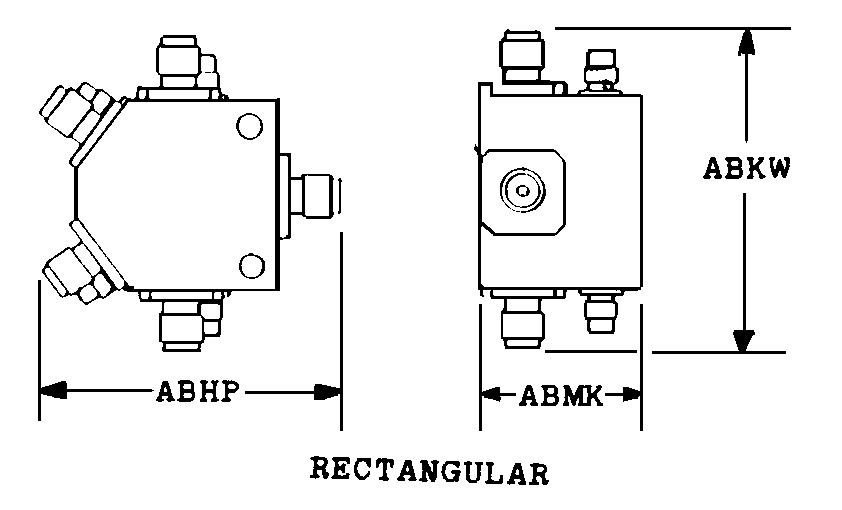

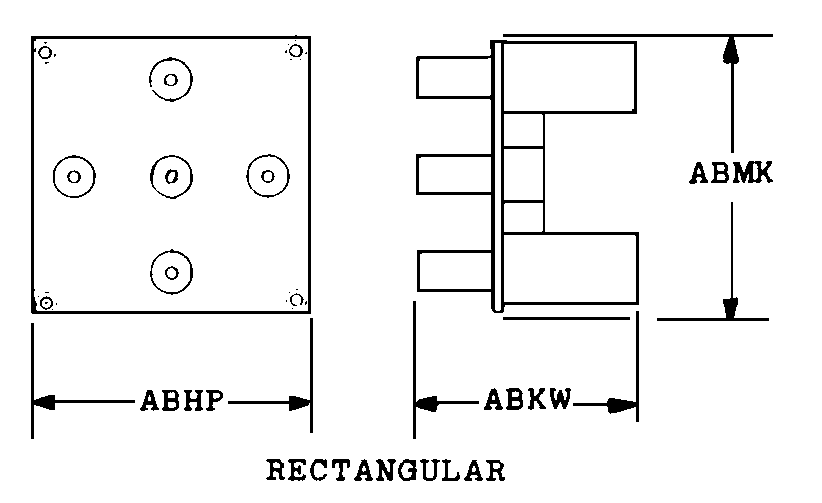
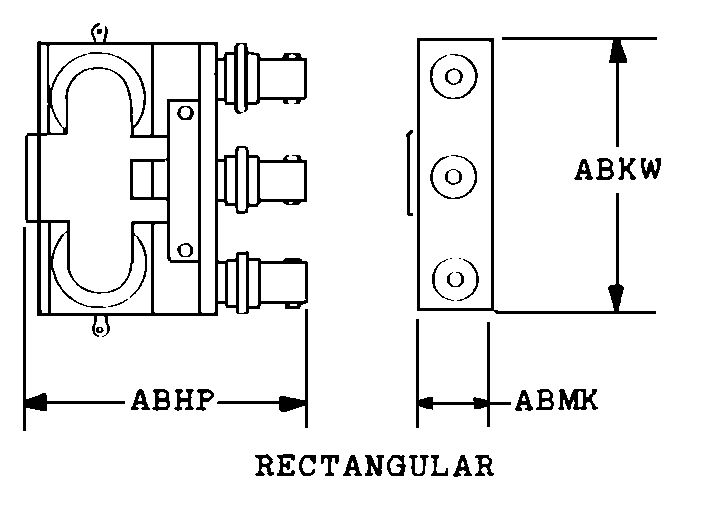
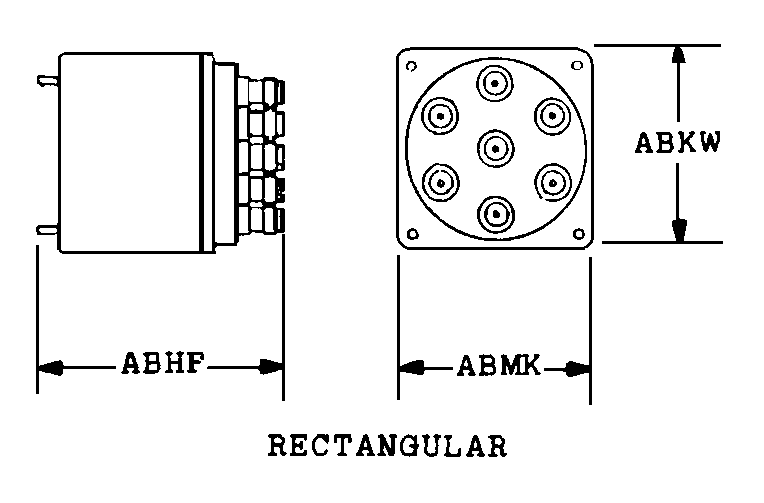
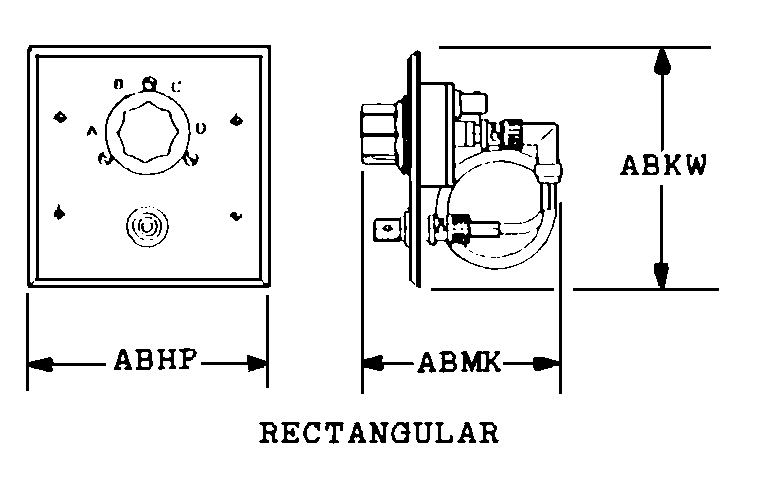
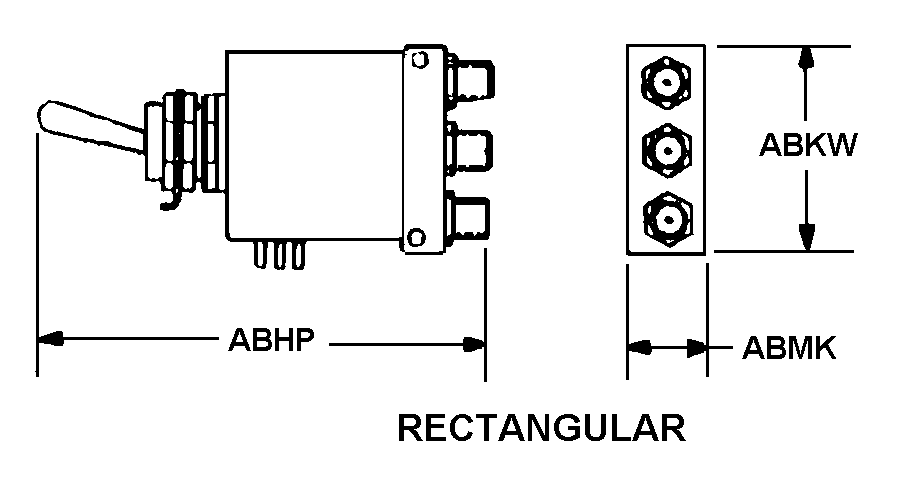
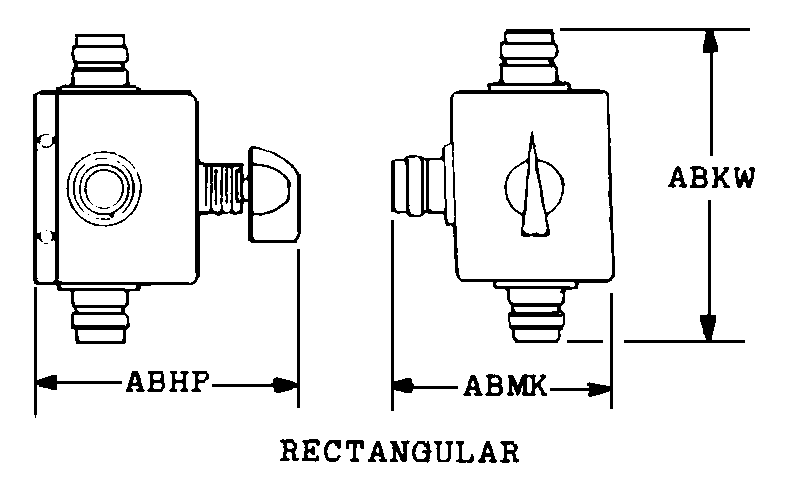

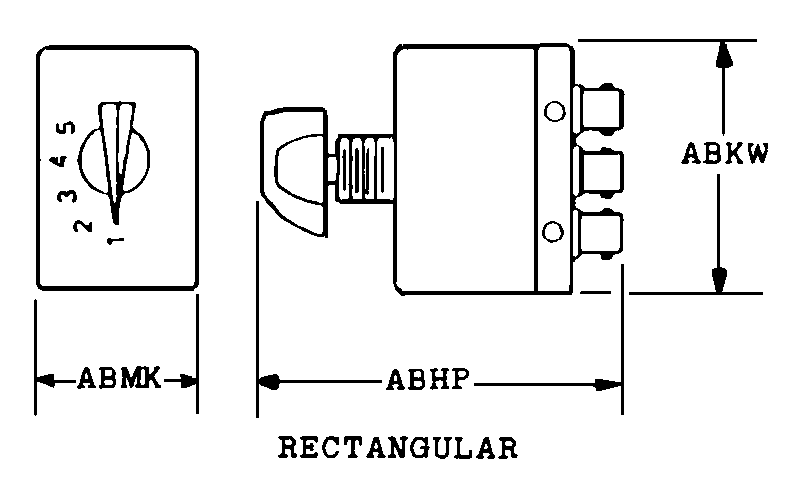
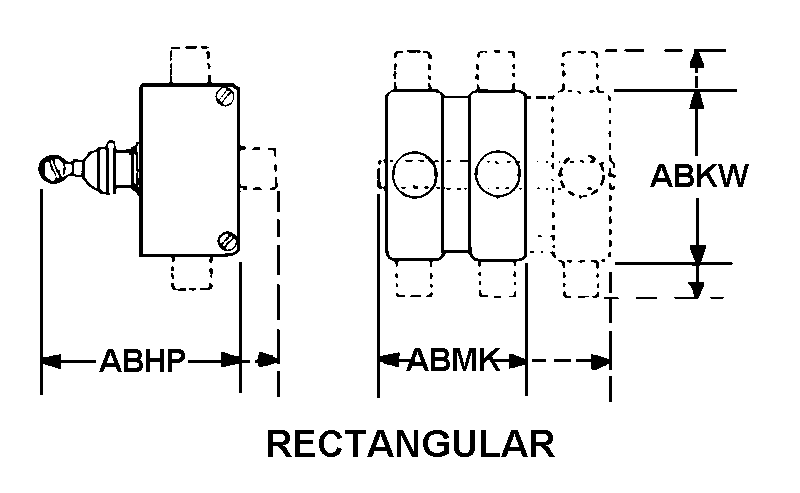
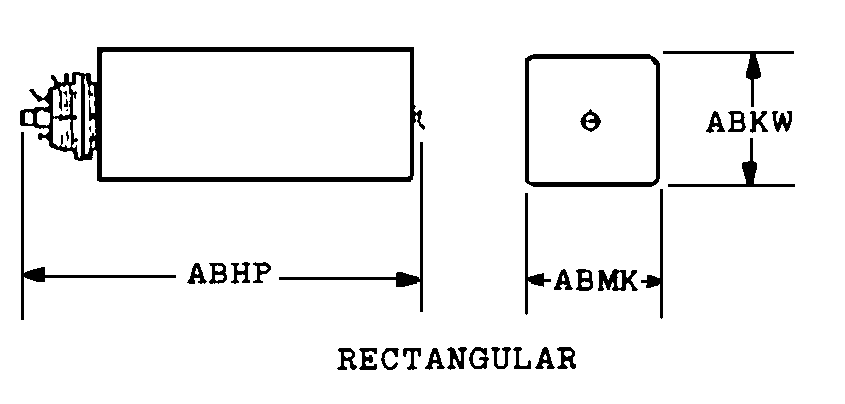
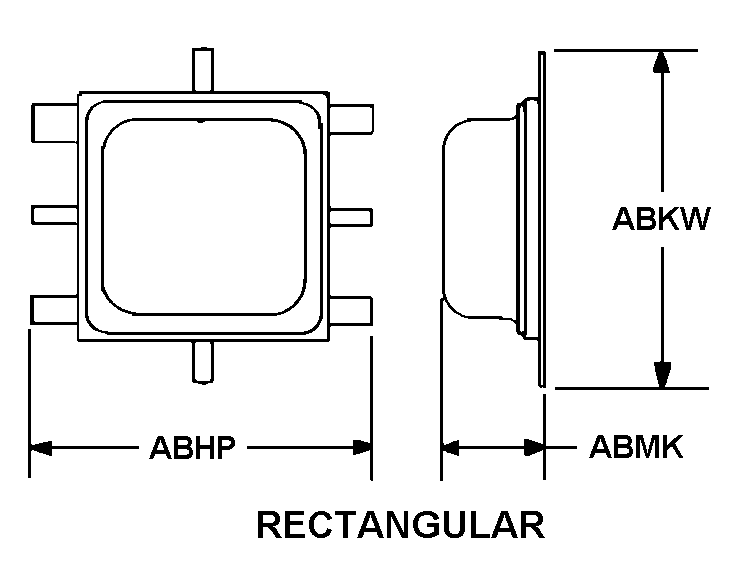
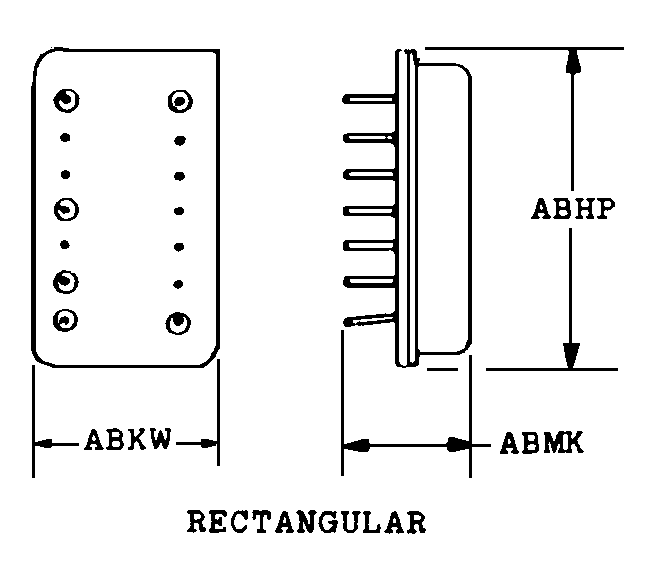
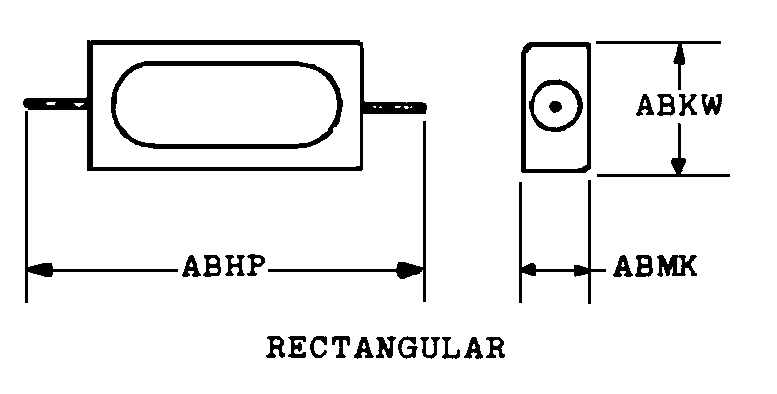
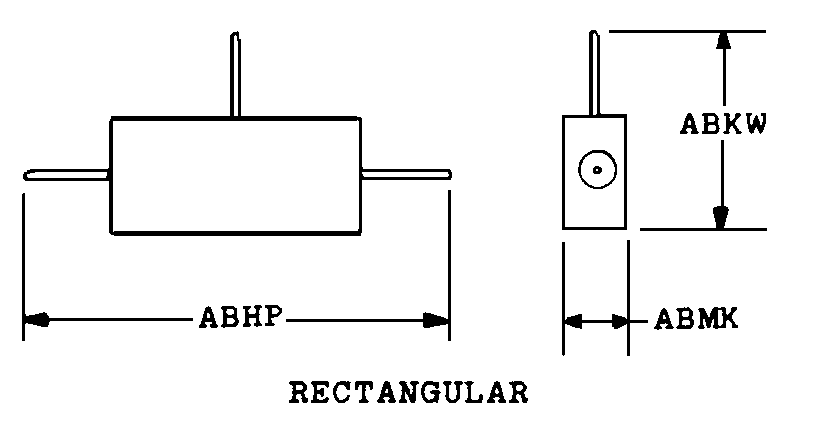

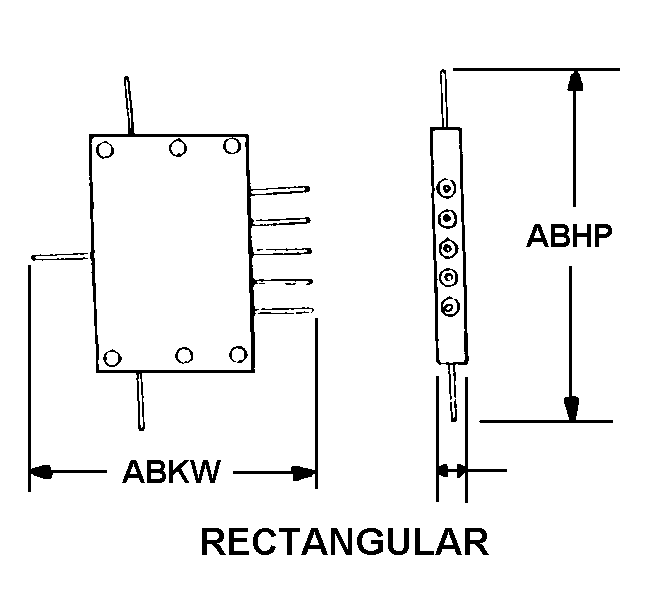
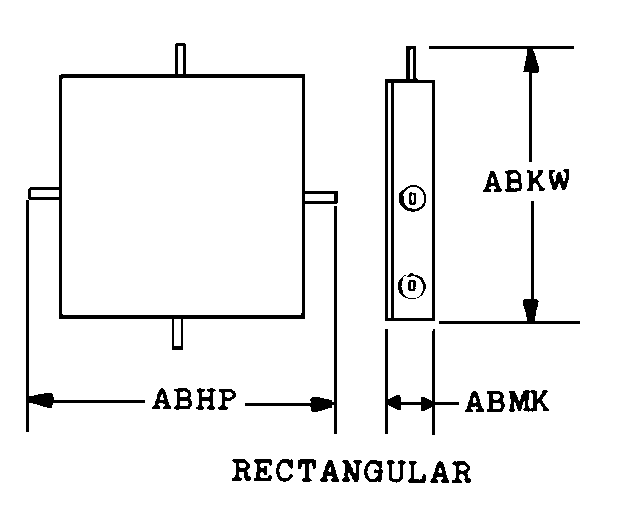
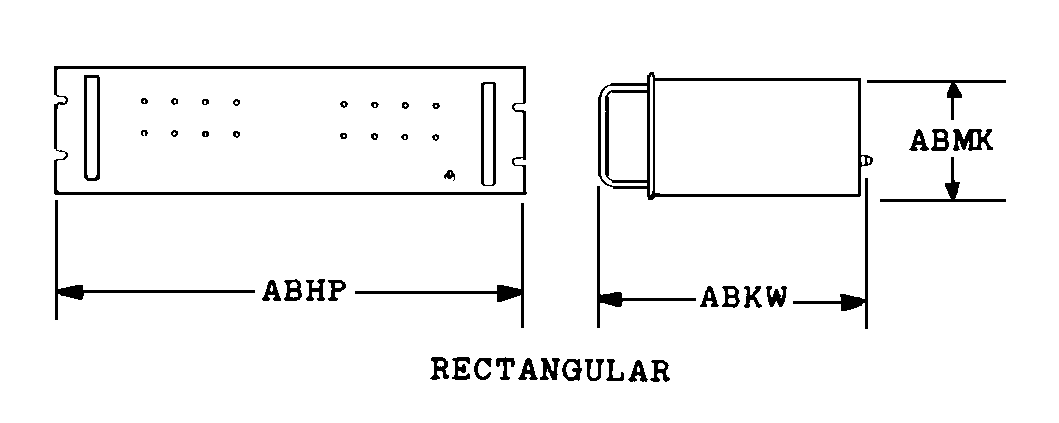
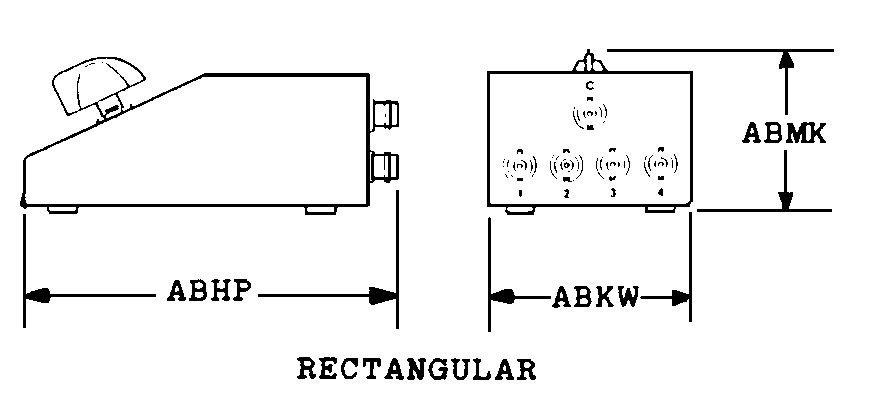
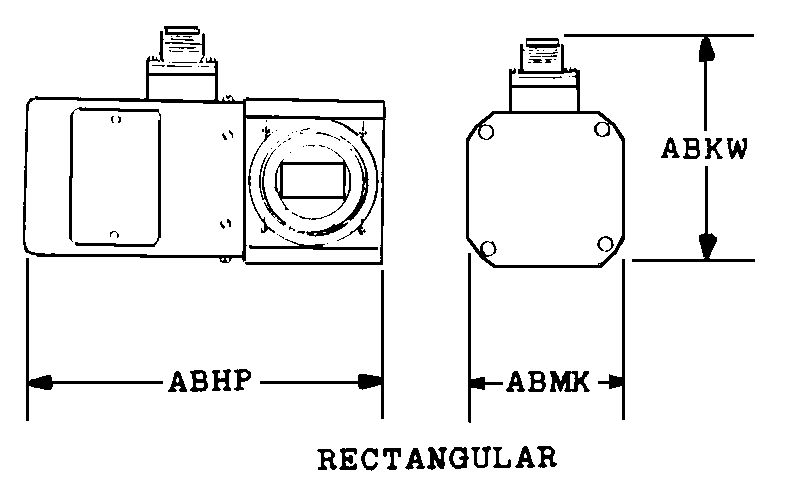
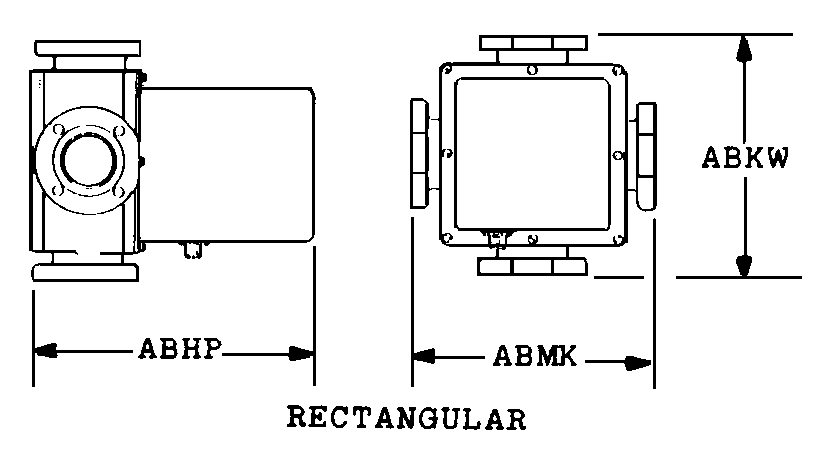
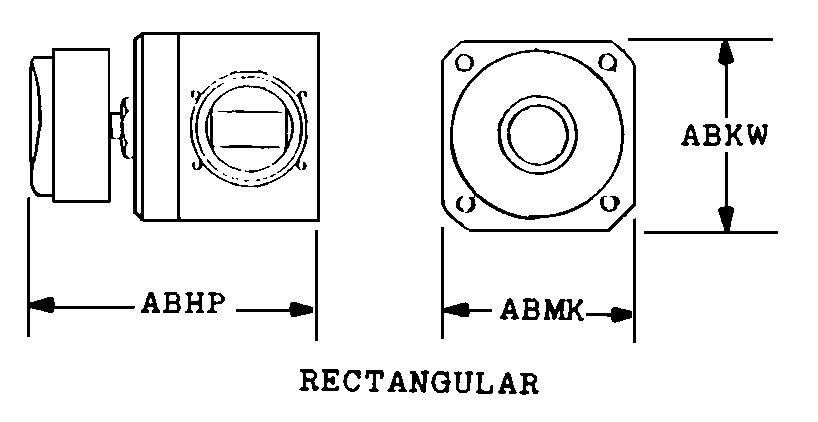
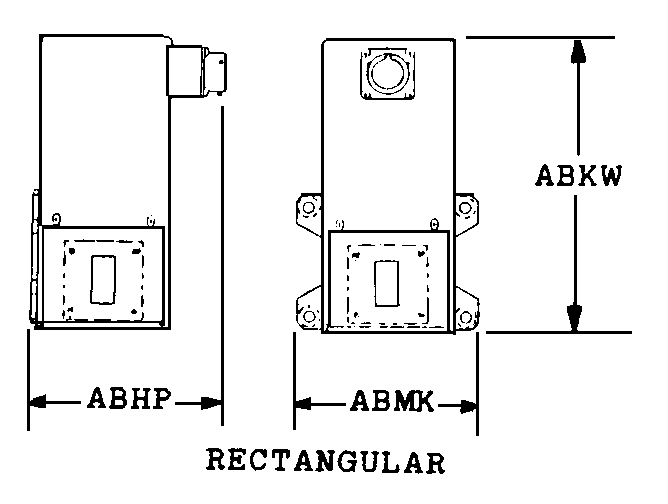
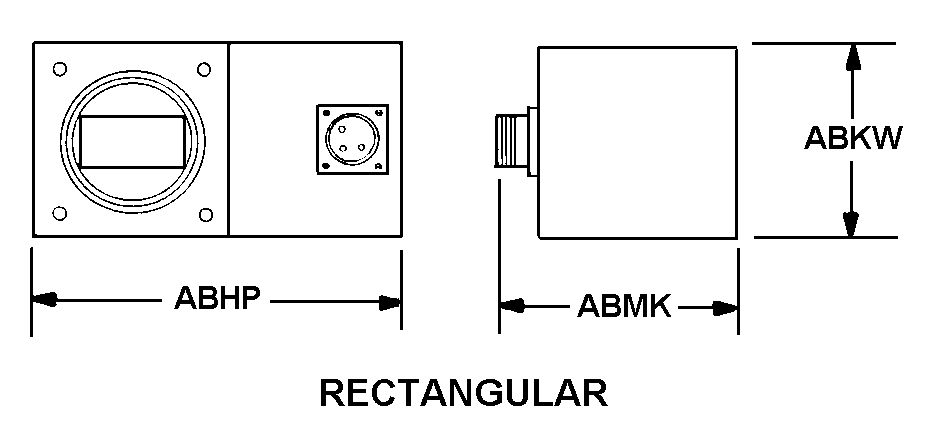
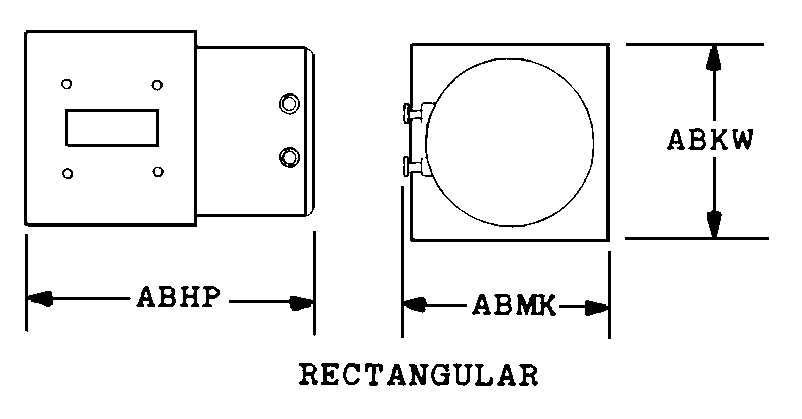
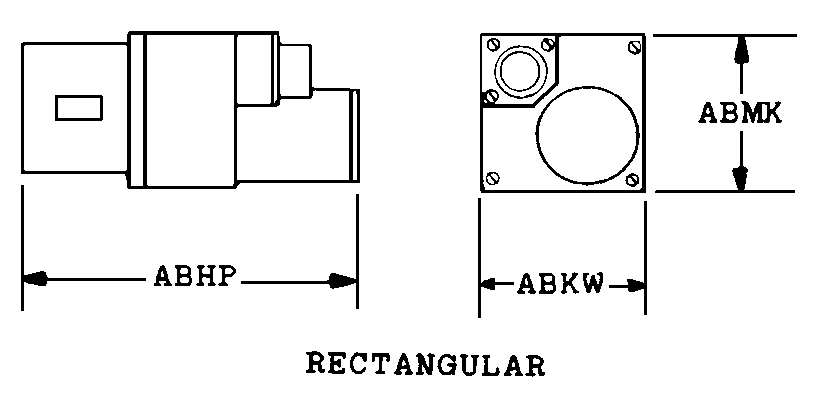
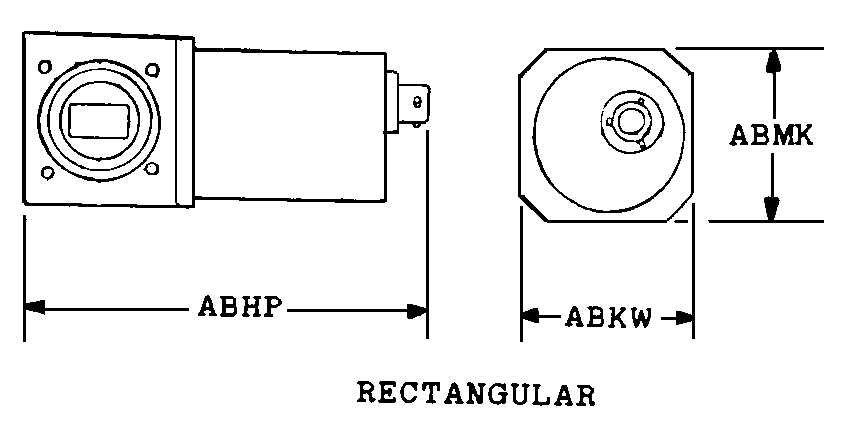
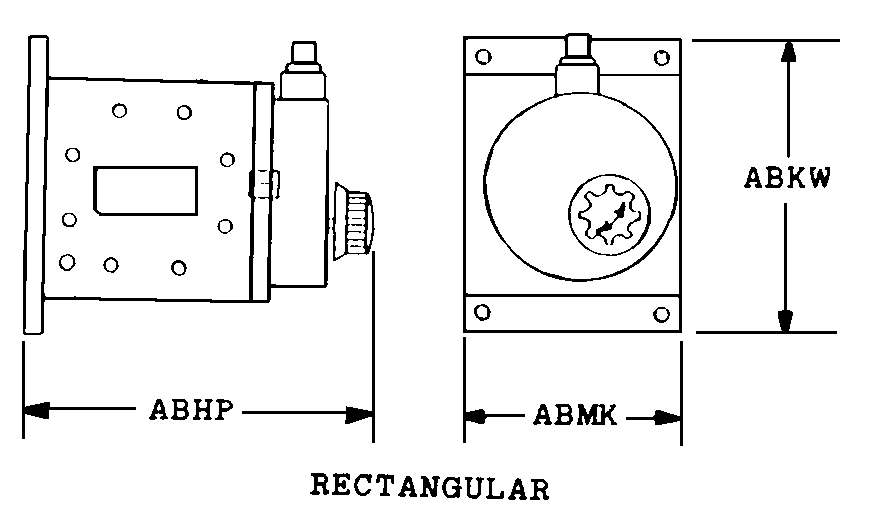
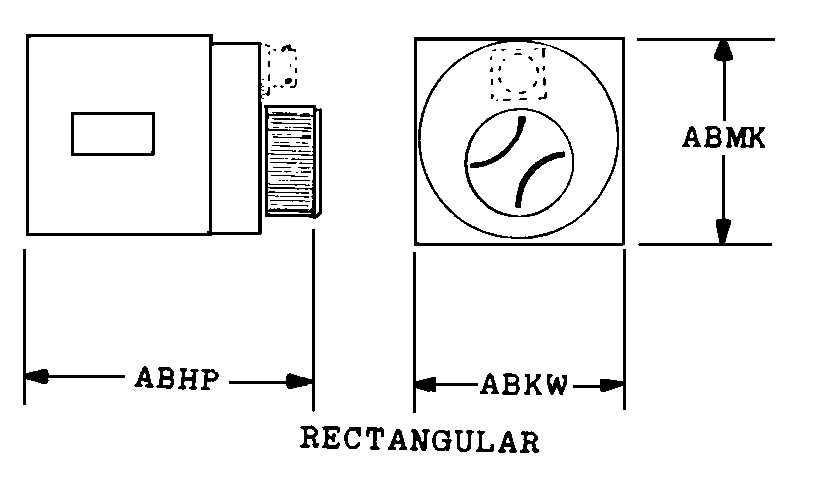
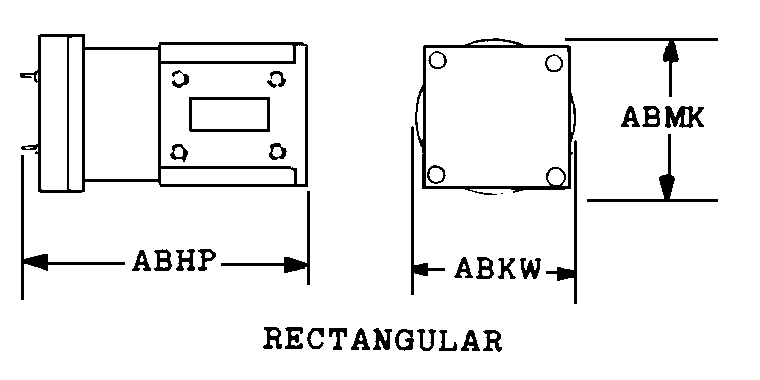
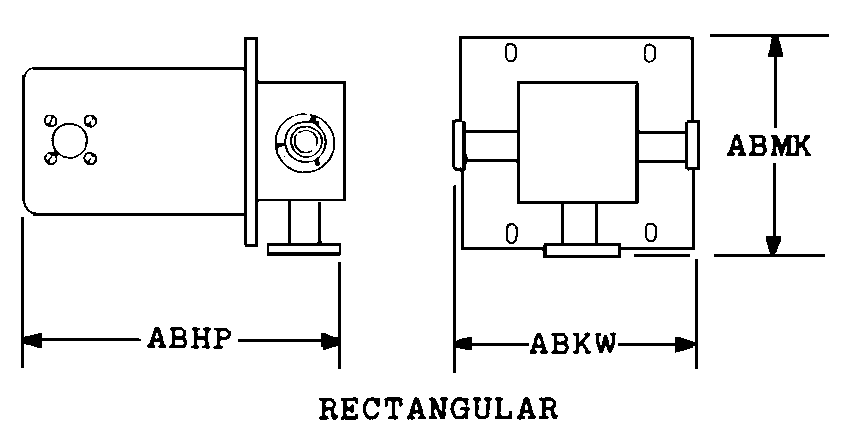
Definition Definition of approved item name (AIN): "SWITCH,WAVEGUIDE"
An item specifically designed for mechanically or electronically positioning one or more waveguide sections so as to couple it or them to other sections in a waveguide system. The switching function may be operated by a manual actuator, an electromechanical actuator or by means of an arrangement of semiconductors and passive circuit devices. Excludes relay, (as modified).
5985-01-534-6500 Material Hazmat, Precious Metals, Criticality, Enviroment, and ESD
Indicates there is no information in the hmirs. The nsn is in a fsc in table ii of fed std 313 and a msds may be required by the user. The requirement for a msds is dependent on a hazard determination of the supplier or the intended end use of item.
Item does not contain precious metal.
No known electrostatic discharge (esd) or electromagnetic interference (emi) sensitivity.
Represents items with no adp components
The item does not have a nuclear hardened feature but does have other critical feature(s) such as tolerance, fit restrictions or application.
Identification Codes
HMIC: Hazardous Material Indicator Code. A one position code that identifies a hazardous item.
PMIC: Precious Metal Indicator Code. A one position code which identifies items that have precious metals as part of their content. precious metals are those metals generally considered to be uncommon, highly valuable, and relatively superior in certain properties such as resistance to corrosion and electrical conductivity.
ESD: Electrostatic Discharge. Indicates if an item is susceptible to electrostatic discharge or electromagnetic interference damage. electrostatic discharge damage occurs when an accumulation of static electricity generated by the relative motion or separation of materials is released to another item by direct contact. electromagnetic interference damage occurs when an item comes into proximity with an electrostatic or magnetic field.
ENAC: Enviromental Attribute Code. Identifies items with environmentally preferred characteristics.
CRITL: Criticality Indicator Code. Indicates an item is technically critical by tolerance, fit, application, nuclear hardness properties, or other characteristics.






